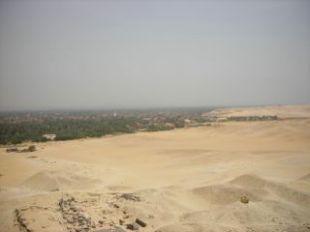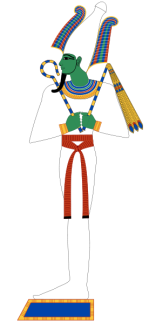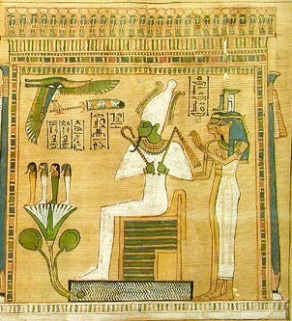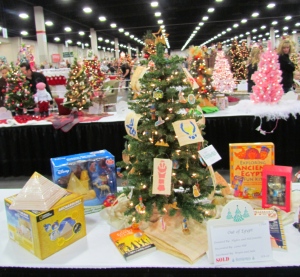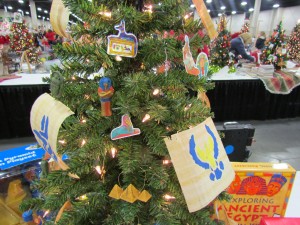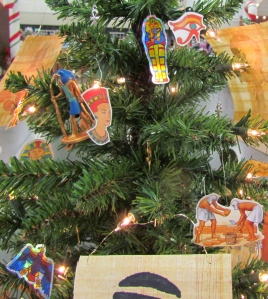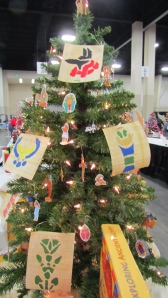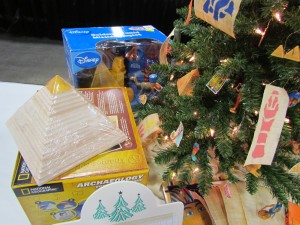Happy Valentine’s Day!
Just wanted to share with you some Ancient Egyptian love poems. Maybe they’ll even help you with some ideas for your own love poems…
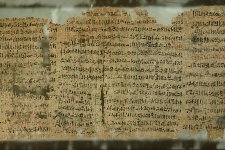
Papyrus Harris 500 (in the British Museum), which includes some love poetry.
Modern readers might be surprised by some of the terminology used in Ancient Egyptian love poems, including numerous comparisons to plants and fruit familiar to the Egyptians, like the pomegranate and the lotus flower. Ancient Egyptian love poems also frequently use the terms “brother” and “sister,” to refer to their lover; in these poems, those words are used as terms of endearment (there’s no indication that Egyptians, other than the royal class, married their siblings; in the translation below, the translator* has chosen to use “lover” and “beloved” to avoid confusion or revulsion by modern readers).
Despite the fact that poetry loses a little something in translation (especially in translation from a dead language), I think you’ll find that a lot of it still rings true to modern readers.
(How) intoxicating are the plants of my garden!
[The lips] of my beloved are the bud of a lotus,
Her breasts are mandrakes,
And her arms are ornate […].
Behold, her forehead is a snare of willow,
And I am a goose.
My [hands are in] her hair as a lure,
Held fast in the snare of willow.
(p. 309)
The voice of the dove speaks, saying:
“The earth brightens; whither are you going?”
Desist, bird, from prattling at me.
I found my lover on his bed,
And my heart was more than happy.
We said (to each other):
“Never shall I be parted (from you).
With my hand in yours,
I shall wander with you
Through all choice places.”
He has chosen me as foremost of beauties,
And he will never wound my heart.
(p. 314)
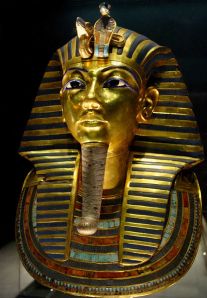
Mask of Tutankhamun, with blue lapis lazuli inserts visible in the headdress and around the eyes. Lapis lazuli hair (and gold skin) were said to be attributes of the gods.
My beloved is unrivaled,
There is none to equal her,
She is beautiful beyond all women.
Behold, she is like the star which appears
At the onset of a prosperous year.
Exquisite is her splendor,
Gleaming is her complexion,
Brilliant are her gazing eyes.
Sweet are her lips when they speak,
For she is not given to excessive speech.
High is her neck, resplendent are her breasts,
Of pure lapis lazuli is her hair.
Her arms surpass (even) gold,

Lotus Flower
Like lotus flowers are her fingers.
Her buttocks are soft, her waist is slender
And her thighs extend her beauty.
(So) charming are her movements as she strolls on the earth
That she seizes my heart in her embrace.
She causes the necks of all men to turn to watch her,
And everyone rejoices who embraces her,
For he is first among (all) lovers.
When she goes outside, she is revealed
As that goddess without rival.
(pp 322 and 323)
I shall go out [to seek my lover].
[I yearn] for your love,
And my heart stops within me.
To look at a sweet cake
Is like looking at salt;
Sweet pomegranate wine in my mouth
Is like the bitter gall of birds.
The breath of your nostrils
Is the sole thing which can revive my heart,
And I am determined that Amun will grant you to me
For ever and eternity.
(p. 313)
* All poems taken from “The Literature of Ancient Egypt,” 3rd edition, translated by Vincent A. Tobin, edited by William Kelly Simpson, Yale University Press, 2003. Please also note that these stanzas are taken from different original documents not solely one work.

